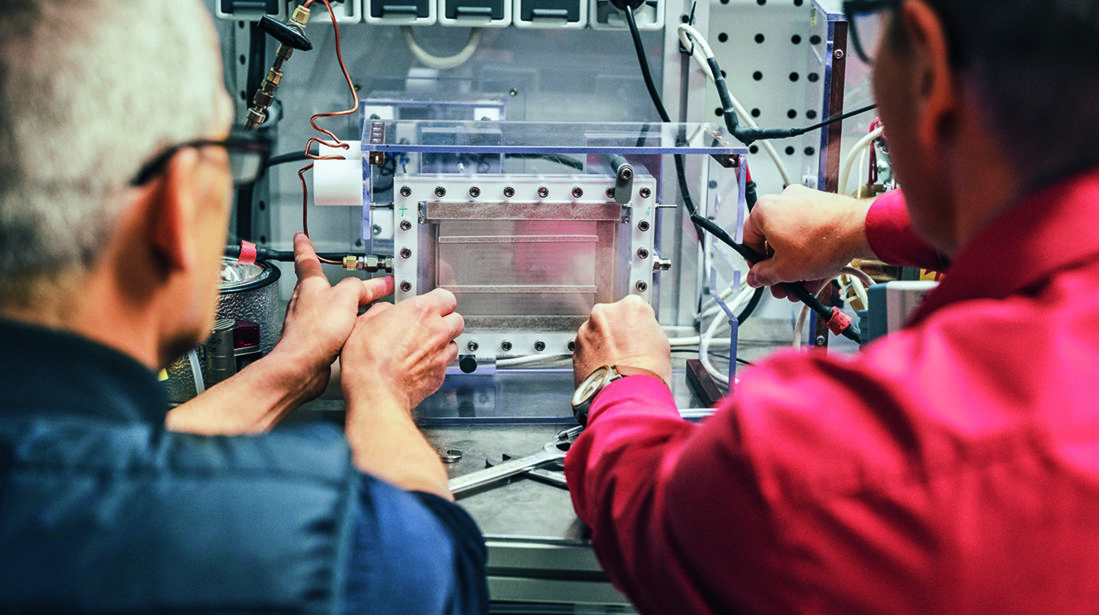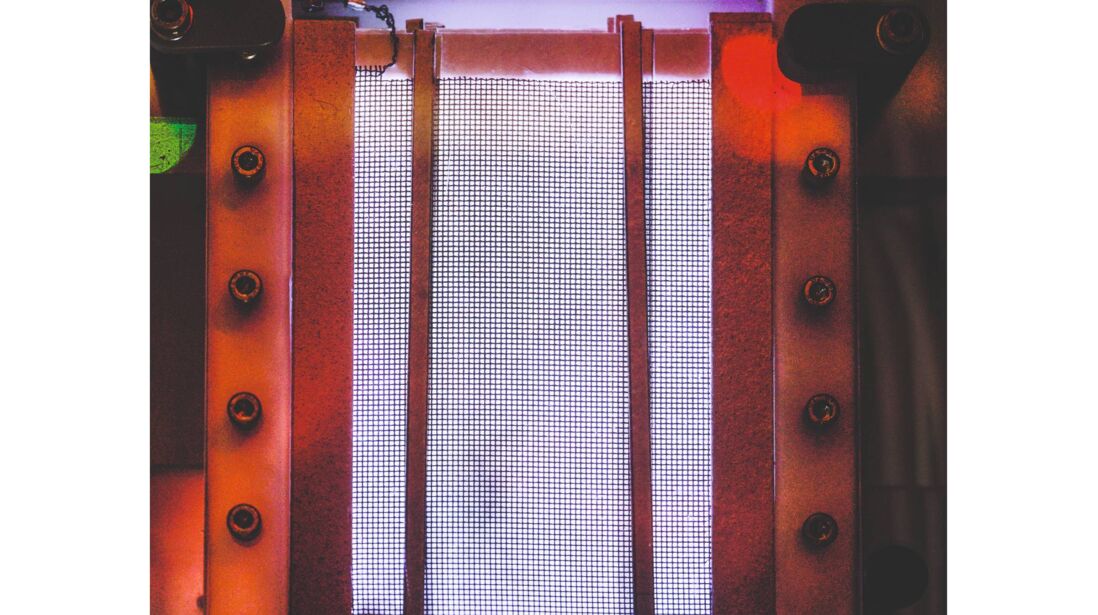Evonik started the PlasCO2 project together with three partners. Its purpose is to use carbon dioxide (CO2) as a feedstock for the production of C4 chemicals. The German Federal Ministry of Education and Research provided funding for the project of more than 1.8 million euros. The PlasCO2 project is
“Plasma-Induced Carbon Dioxide to Carbon Monoxide and Its Chemical Utilization
The acronym for “. The researchers are working on a newly developed process for producing synthesis gas from carbon dioxide and hydrogen in a plasma reactor. The synthesis gas obtained in this way can then be used to produce chemical products.


The project consortium is coordinated by Evonik and consists of four partners. As such, it brings together all capabilities from catalysis and plasma research to device engineering.
In addition to Evonik, the Leibniz Institute for Catalysis (LIKAT), the Leibniz Institute for Plasma Research (INP) and Rafflenbeul Anlagen Bau GmbH are also involved.
Robert, Director of Hydrogenation Synthesis Research at Evonik High Performance Intermediates and coordinator of the PlasCO2 project
“If we succeed in producing carbon dioxide as a feedstock, not only will we make a significant contribution to reducing our carbon footprint, but we will also open up a whole new world of chemistry,” says Professor Franke.
Sustainability was a key driver for this project. At the heart of the project is the conversion of carbon dioxide and hydrogen into carbon monoxide. Low-temperature plasma will serve as a new energy source that can activate inert carbon particularly efficiently with only a small amount of energy. To generate these plasmas, the research team hopes to develop a new reactor that can be run on renewable energy. In the future, these reactors should be widely deployed and commercialized. The synthesis gas produced in this way can be used to produce organic compounds in C4 chemistry. These compounds are in turn used in the production of plasticizers or petrochemical specialty products.
Evonik will start with fundamental research, starting with an assessment of eco-efficiency and economic feasibility, as well as quantum chemical calculations. The plasma reactors used so far have been used to clean exhaust gases. Evonik is continuing to work on their development in order to set up a pilot plant to generate plasma from renewable resources in about four years.
Marc Oliver, Project Manager, PlasCO2
Dr. Kristen said: “In order to carry out these application-oriented basic research projects, Evonik absolutely needs the expertise of partners in research institutions and other companies. Funding from the German Federal Ministry of Education and Research was also key, allowing us to pursue this Highly innovative approach.”



 微信扫一扫打赏
微信扫一扫打赏
